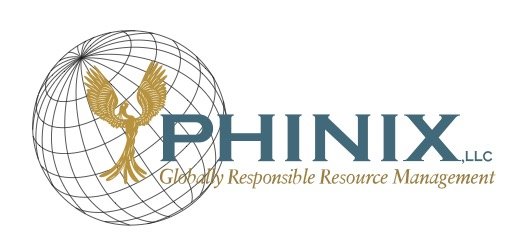Aluminum Sustainability As We See It: Whole Vs. Part
We all are aware of the parable of the blind men and an elephant that originated in India, from where it has been widely diffused and used in various contexts. The story shows how different perspectives, partial observation, and selective focus sometimes give a simpler picture of a more complex reality. In a nutshell, it is the conflict of whole vs. parts or integrated vs. individual.
The same can be applied to aluminum sustainability, a complex problem spreading over the value chain starting from ore to end-of-life products. Addressing one sustainability issue in the supply chain will not give a long-term solution. We need a holistic approach that targets the reduction of cradle-to-gate emission and mitigates the impact of all key issues like waste and scrap generation, landfills, and downgrading.
It’s time for the industry needs to address the sustainability challenges across the value chain. We hope to continue working towards building an aluminum sustainability roadmap through our research and development work. For a holistic perspective on aluminum sustainability, read through my analysis “The Quest for Low Carbon Aluminum: Developing a Sustainability Index” published in Light Metal Age.


